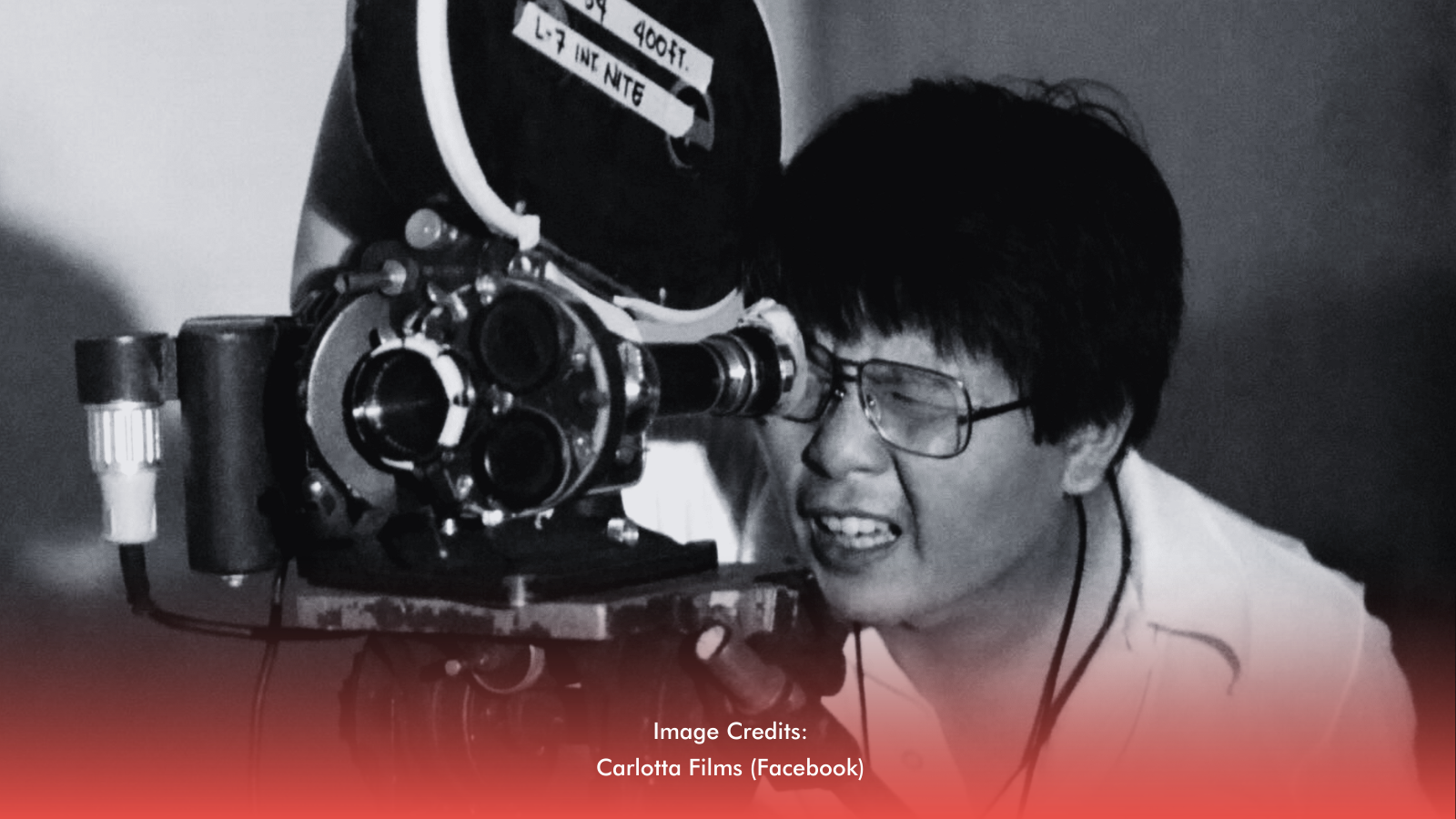With the passing of Mike de Leon (1947–2025), Philippine cinema lost one of its boldest and most uncompromising voices. Known for his fearless storytelling, technical mastery, and unflinching critique of power and society, de Leon was more than a filmmaker—he was a cultural conscience. His films blurred the line between art and protest, blending haunting imagery with social urgency.
Today, we remember not only his legendary body of work but also the lasting mark he left on generations of storytellers and audiences alike.
RELATED: [Remembering Gloria Romero: A Life Spent Under The Spotlight]
A Legacy Carved in the Screen
Born in Manila in 1947 to producer Manuel de Leon and Imelda Pamintuan—and a grandson of LVN Studios founder Narcisa “Sisang” de Leon—Mike inherited a cinematic heritage yet forged his own iconoclastic path. Educated at Ateneo de Manila and later in art history at the University of Heidelberg, he founded Cinema Artists Philippines in 1975, producing and serving as cinematographer for Lino Brocka’s Maynila: Sa mga Kuko ng Liwanag, earning him his first FAMAS award.
His directorial debut, Itim (1976), revealed him as a filmmaker of precision and poetic sensitivity. He followed with a string of seminal works:
1. Kung Mangarap Ka’t Magising (1977): a lyrical tribute to his grandmother and LVN legacy.
2. Kakabakaba Ka Ba? (1980): a masterful blend of musical comedy and political satire.
3. Kisapmata (1981) and Batch ’81 (1982): piercing portrayals of authoritarianism screened at Cannes Directors’ Fortnight.
4. Sister Stella L. (1984): a bold indictment of labor oppression during Martial Law, was celebrated internationally at Venice.
After a hiatus, de Leon returned with Bayaning 3rd World (2000), a witty mockumentary on José Rizal’s myth, and later with Citizen Jake (2018), a gripping noir that sparked national dialogue on politics and privilege.
Beyond direction, he spearheaded restorations of Philippine classics like Maynila and Kisapmata, ensuring future generations could witness their artistry. In 2022, New York’s Museum of Modern Art honored him with the first-ever MoMA retrospective of a Filipino filmmaker.
MORE LIKE THIS: [Dawn Of A New Age: Pinoy Films Are Good Now]
A Lasting Frame
The Film Development Council of the Philippines hailed de Leon as “a voice for the unheard.” Actress and longtime collaborator Charo Santos-Concio remembered him as “a perfectionist, a genius and a true master of cinema.” For many, he was a mentor, a colleague, and a relentless artist who demanded honesty in film and in life.
Mike de Leon leaves behind not just films, but mirrors—works that reflected the struggles, contradictions, and hopes of a nation. Through his fearless artistry, he proved that cinema could be more than entertainment; it could be truth, memory, and resistance.
As the screen fades to black on his extraordinary career, his stories will continue to flicker—reminding us that the fight for truth and justice lives on, reel after reel.
RELATED: [5 Filipino Series on Netflix Every Teen Should Watch]








